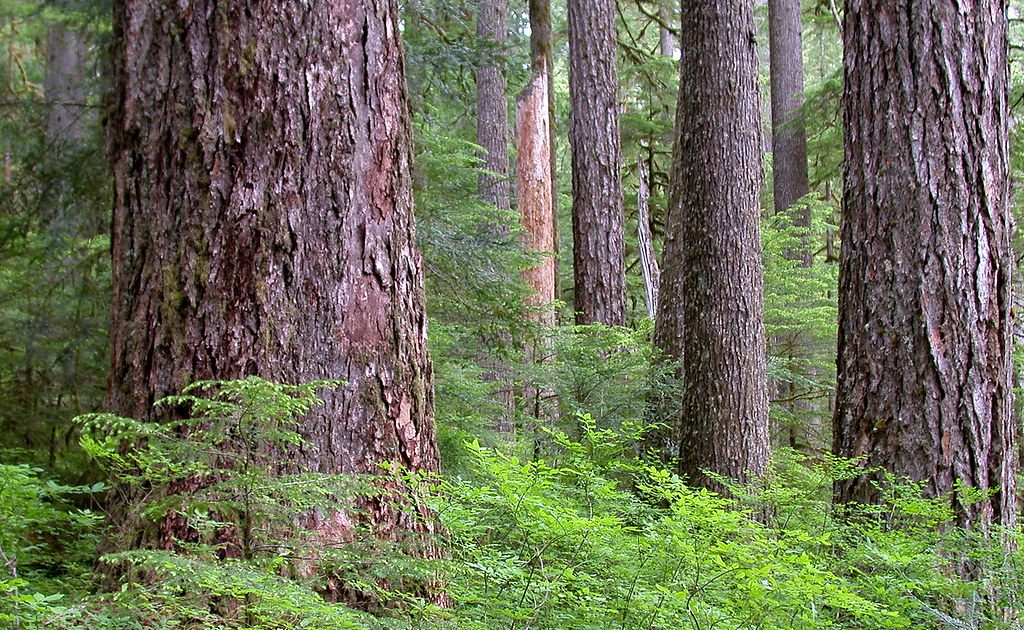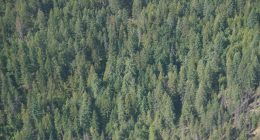Published / Reported by CANADIAN FOREST INDUSTRIES
Jennifer Ellson
EXCERPT
All old-growth forest on Crown land is now protected as part of Nova Scotia’s new approach to ecological forestry.
Minister of Natural Resources and Renewables Tory Rushton announced an updated old-growth forest policy effective August 18.
“Protecting our old-growth forests is part of our ongoing work to implement ecological forestry on Crown land in Nova Scotia,” said Rushton. “We believe this revised policy makes Nova Scotia a leader in protecting old-growth forests and demonstrates our commitment to prioritize biodiversity on Crown land.”
For a forest to be considered old growth under the policy, at least 20 per cent of the trees must be the minimum age for that forest type. The minimum age varies from 100 years old for some types of forest to 140 years old. The forest must also be relatively undisturbed by human activity.
There are also certain areas where the department has identified forests that are approaching the definition of old growth. They are called restoration opportunity areas and are also protected by the policy.
The updated policy applies to all old-growth forest on Crown land that is not already designated as part of a protected area. The policy does not require protection of old-growth forests on private land, but the department will work with private landowners, land trusts and others to support conservation.
Commercial and industrial activities are not permitted in areas protected by the policy. Hiking, hunting, fishing, wilderness camping and harvesting plants for Indigenous cultural uses are permitted. The policy also includes a commitment to support education about old-growth forests.
Under rare and exceptional circumstances, an old-growth forest area can be removed from protection or certain activities permitted if it is in the public’s interest. For example, land may be needed for the construction of a new hospital or trees that fell in a storm may be a fire risk to neighbouring communities. Before the department would decide on changing protection, the policy requires a 30-day public comment period and consultation with the Mi’kmaq.
The department conducted a public consultation last year to revise the Old Forest Policy. Feedback from the forestry sector, environmental groups, the Mi’kmaq, Nova Scotians and other stakeholders helped clarify and strengthen the policy language.
Read the full announcement.



